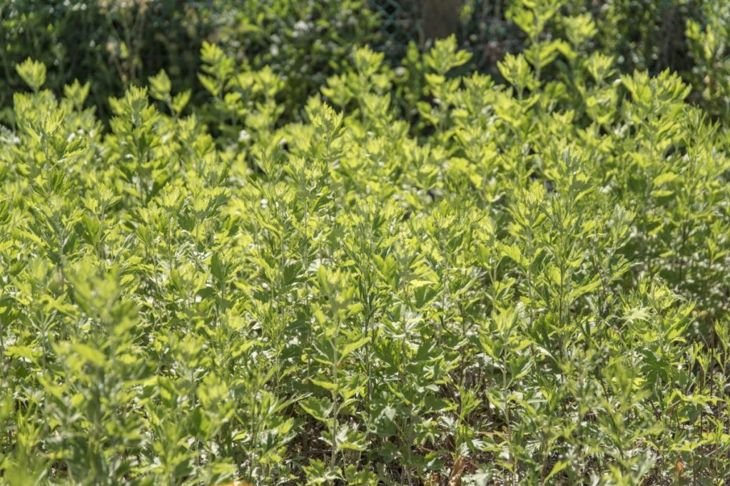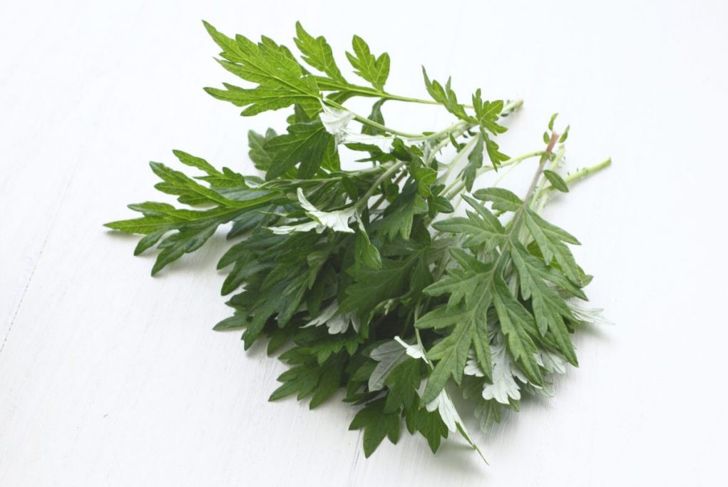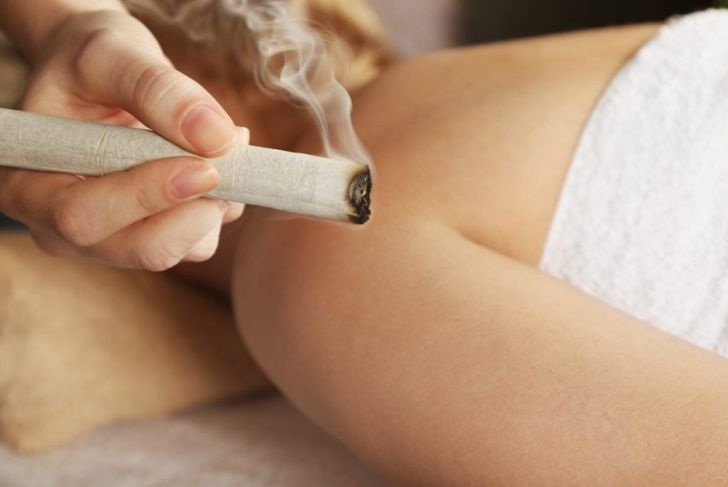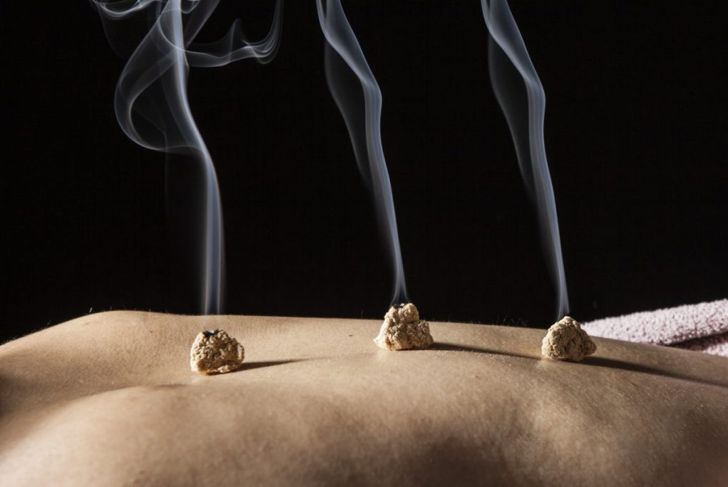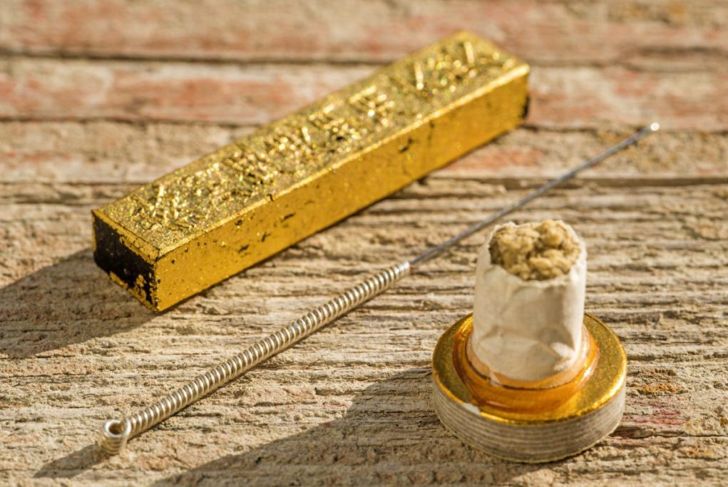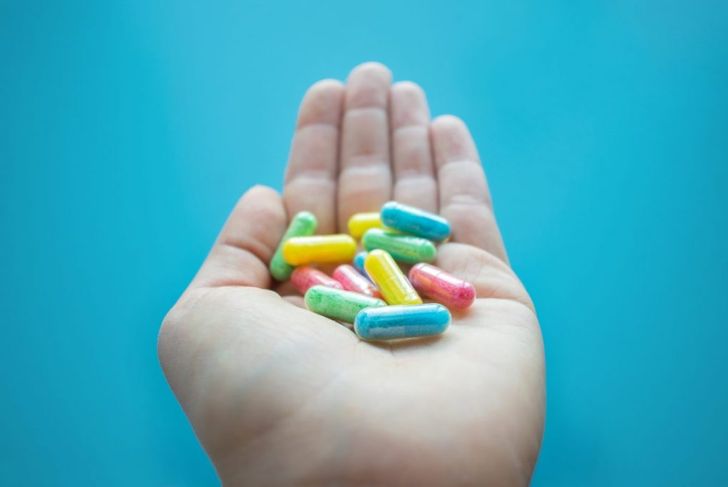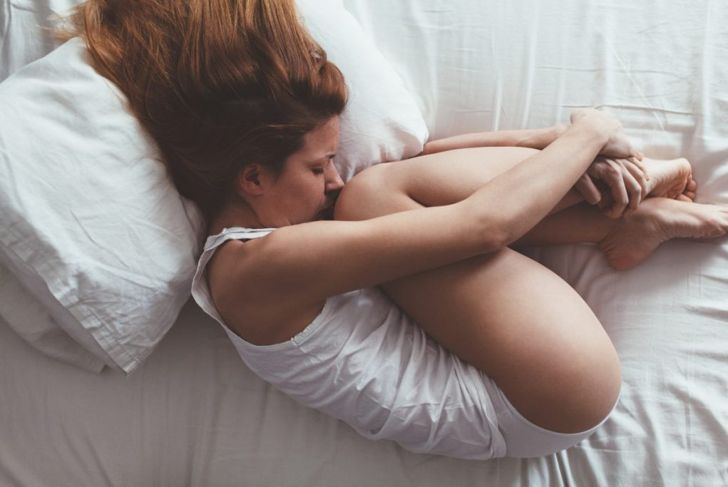Moxibustion is a traditional Chinese medicine (TCN) technique that dates back over 2,500 years. It involves applying burning mugwort to specific regions of the skin to, as in all TCN, bring the body into balance and ensure the proper flow of qi (chi). Moxibustion is often used in conjunction with acupuncture or in its place for those who prefer an alternative to needles. As with many “Eastern” practices, the Western medical sphere contests the benefit of moxibustion. Despite centuries of treatments, western science desires concrete data to back up the anecdotal evidence. But what exactly is moxibustion?
What is Moxa or Mugwort in the West?
These synonymous herbs have a long history in the west and the east. In the west, people associate the plant with its use in Medieval Europe by so-called witches, who used it to treat menstrual issues, stomach pain, anxiety, and skin irritation. Mugwort is both a natural diuretic and a stimulant, albeit a mild one. It is also an emmenagogue or herb that stimulates blood flow in the pelvic area and uterus; the herb has been used to treat cramps and light or absent menstruation. It may also have the ability to change the position of breech babies in the womb.
Moxa in the East?
The Chinese character for mugwort is part of the pair that makes up the word acupuncture. The two have been used hand and hand for more than 2,000 years. Practitioners of Chinese medicine use moxibustion to increase the flow of qi (chi) throughout the body’s meridians or pathways; the cornerstone of traditional Chinese medicine. Blockages of chi are believed to ultimately manifest as physical and mental health problems.
What is Indirect Moxibustion?
In indirect moxibustion, the practitioner lights a stick about the size of a Robusto cigar near acupuncture meridians or areas where the client is experiencing pain. Wrapping the handle of an acupuncture needle with moxa and burning it pushes heat down the length of the needle and into the skin. This increases the flow of chi, creating healing effects such as improved circulation, and also appears to increase the effectiveness of acupuncture treatments.
What is Direct Moxibustion?
Direct moxibustion involves placing a small cone of moxa directly on top of an acupuncture point and burning the cone. Before it begins to burn the skin, it is either removed or extinguished. This allows the heat to penetrate deep into the body. Some people receive moxibustion treatments that take it to extremes and allow heat to the point of light burning of the skin, but this is not a common practice and something the majority of practitioners are unwilling to perform.
Fire (Yang) Vs. Cold Stagnation (Yin)
Fire (yang) is the critical component of moxibustion and can treat cold (yin) and its related conditions. From a western perspective, cold stagnations include hypothyroidism, low blood sugar, oversensitivity to cold, lowered immunity, depression, poor digestion, and joint pain and arthritis.
What do Practitioners Claim About Moxibustion?
If you look around the Internet at practitioners’ claims, you’ll find a long list from the far-fetched to the believable, including conditions for which western medicine has yet to find a cure. The list includes benefits for people with cancer, hypertension, ulcerative colitis, AIDS, and those who have had a stroke.
Moxibustion and The Placebo Effect
Some theorize the beneficial effects of moxibustion are due to the placebo effect, but this is not to dismiss the practice. Decades of clinical trials have proven people respond to placebos. If moxibustion provides relief to people ailing from various medical issues, maybe science doesn’t have to prove it. It does seem unlikely moxibustion is only a placebo, as its use is rooted in thousands of years of Chinese medical practice, various aspects of which westerners have embraced for centuries.
Moxibustion and Breech Births
For centuries, and in today’s world with scientific studies to back it up, there seems to be a strong case for moxibustion and breech birth prevention. While a study published in 2005 saw evidence leaning to this being the case, findings were ultimately inconclusive. They did, however, find moxibustion almost certainly reduces the need for certain procedures when a baby is breech.
Moxibustion For Women’s Issues
Moxibustion has been used in both the east and the west to treat many issues that only apply to women. Recent studies show that women with hot flashes during menopause have benefited from moxibustion. Other studies indicate regular moxibustion sessions can reduce issues related to premenstrual syndrome.
Potential Dangers of Moxibustion
Fire always poses a bit of a risk, but a good practitioner will keep their client safe during such procedures. Many doctors and studies conclude people with diabetes should avoid moxibustion, or at least speak to their physician first. It’s never a bad idea to discuss alternative treatments for existing conditions with your doctor. Pregnant women should, perhaps most importantly, speak with their doctors before considering moxibustion.

 Home
Home Health
Health Diet & Nutrition
Diet & Nutrition Living Well
Living Well More
More